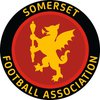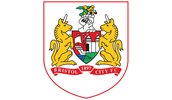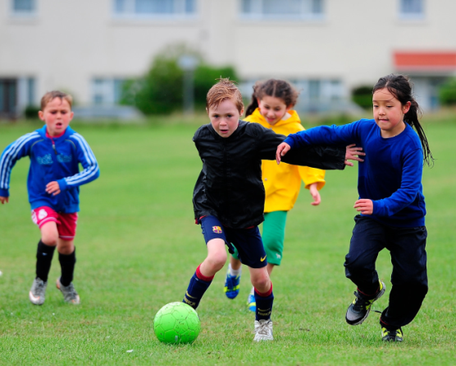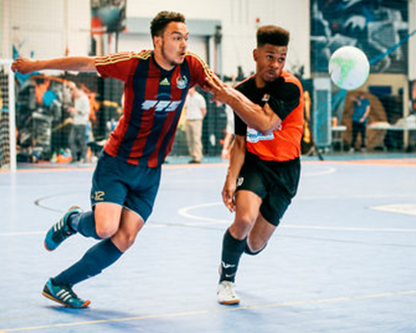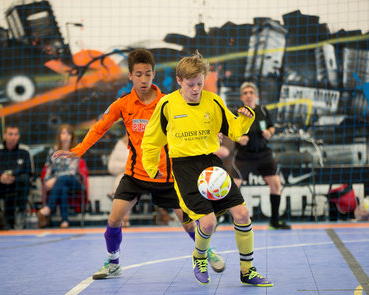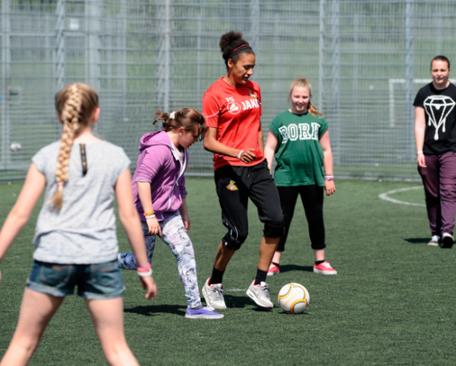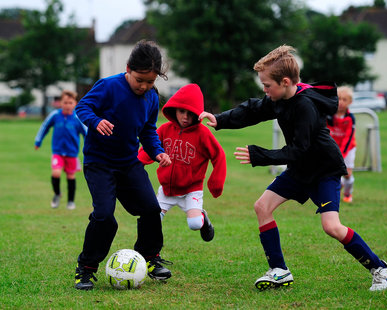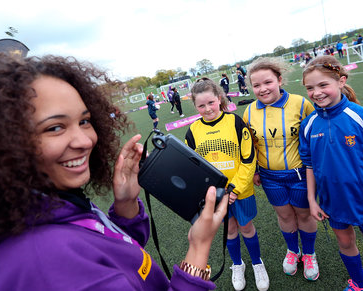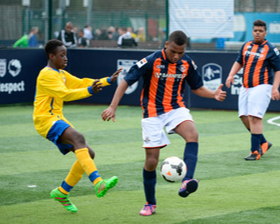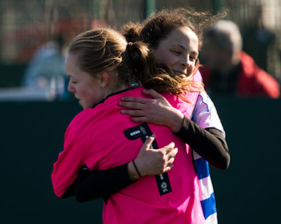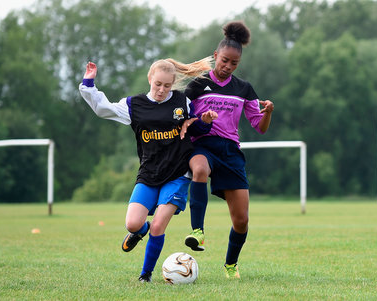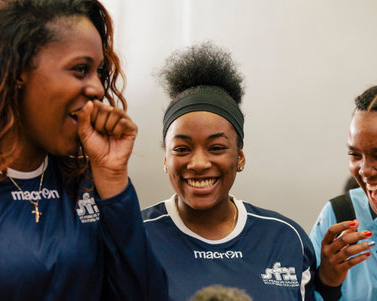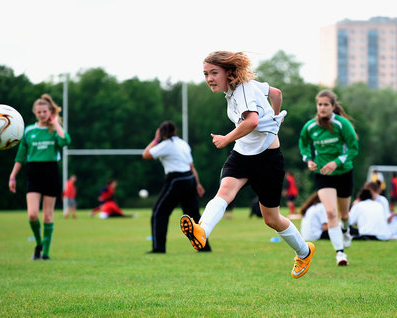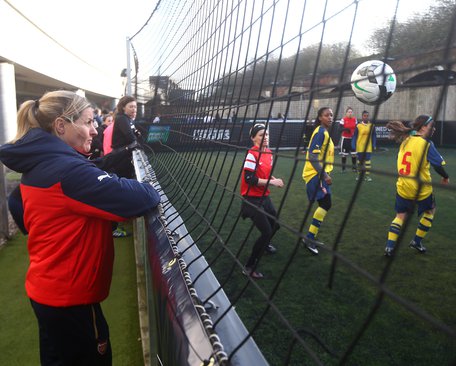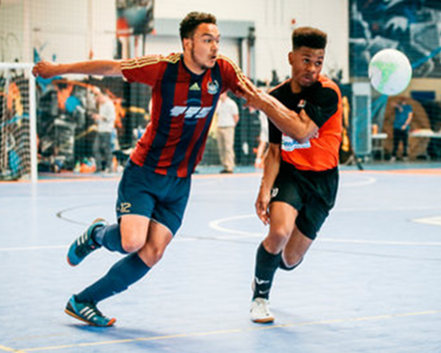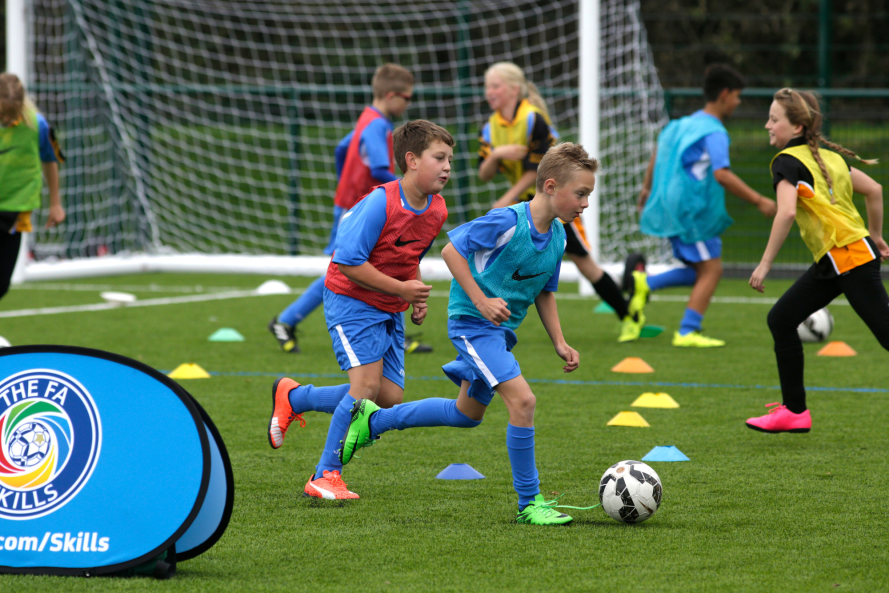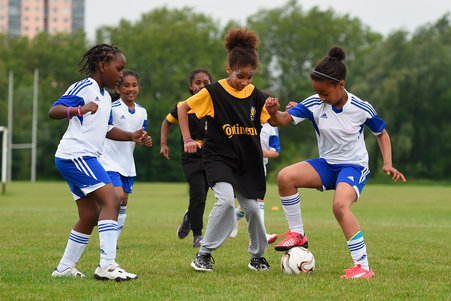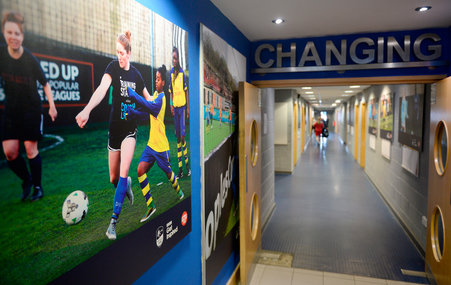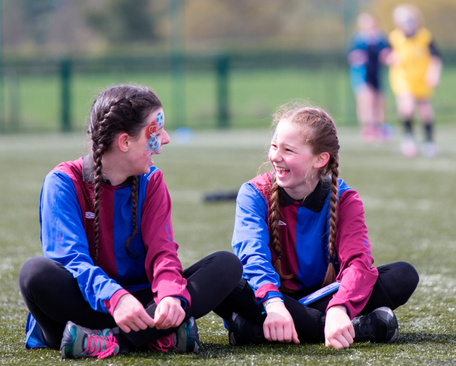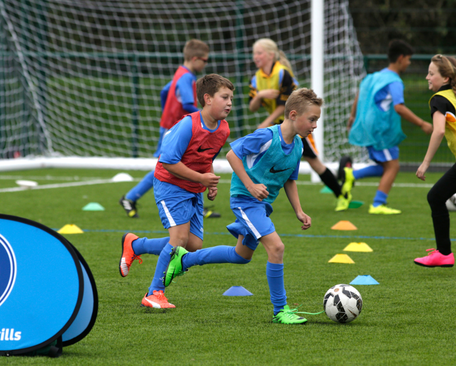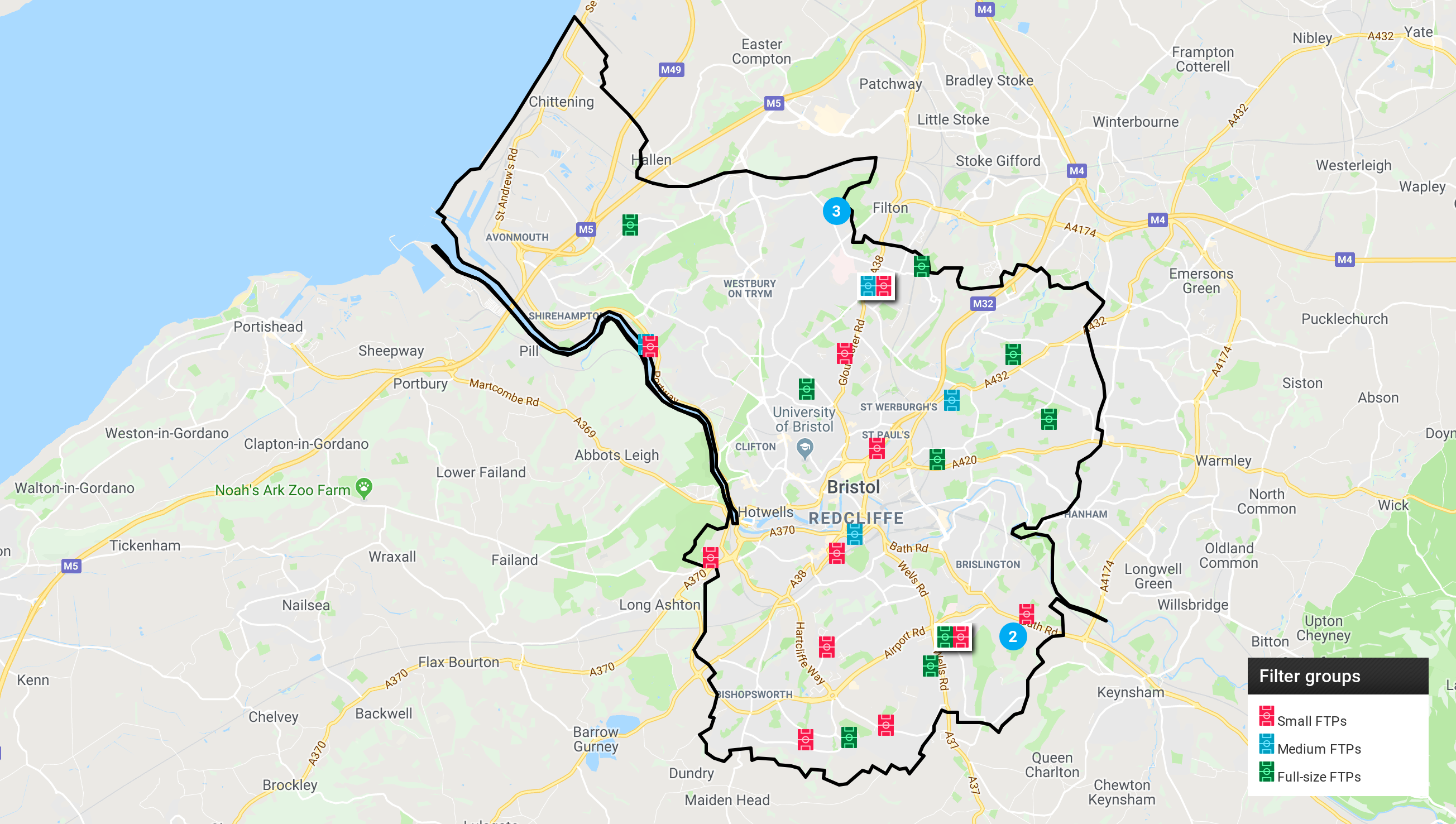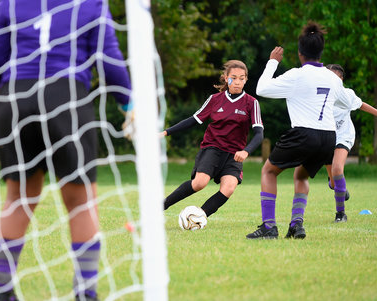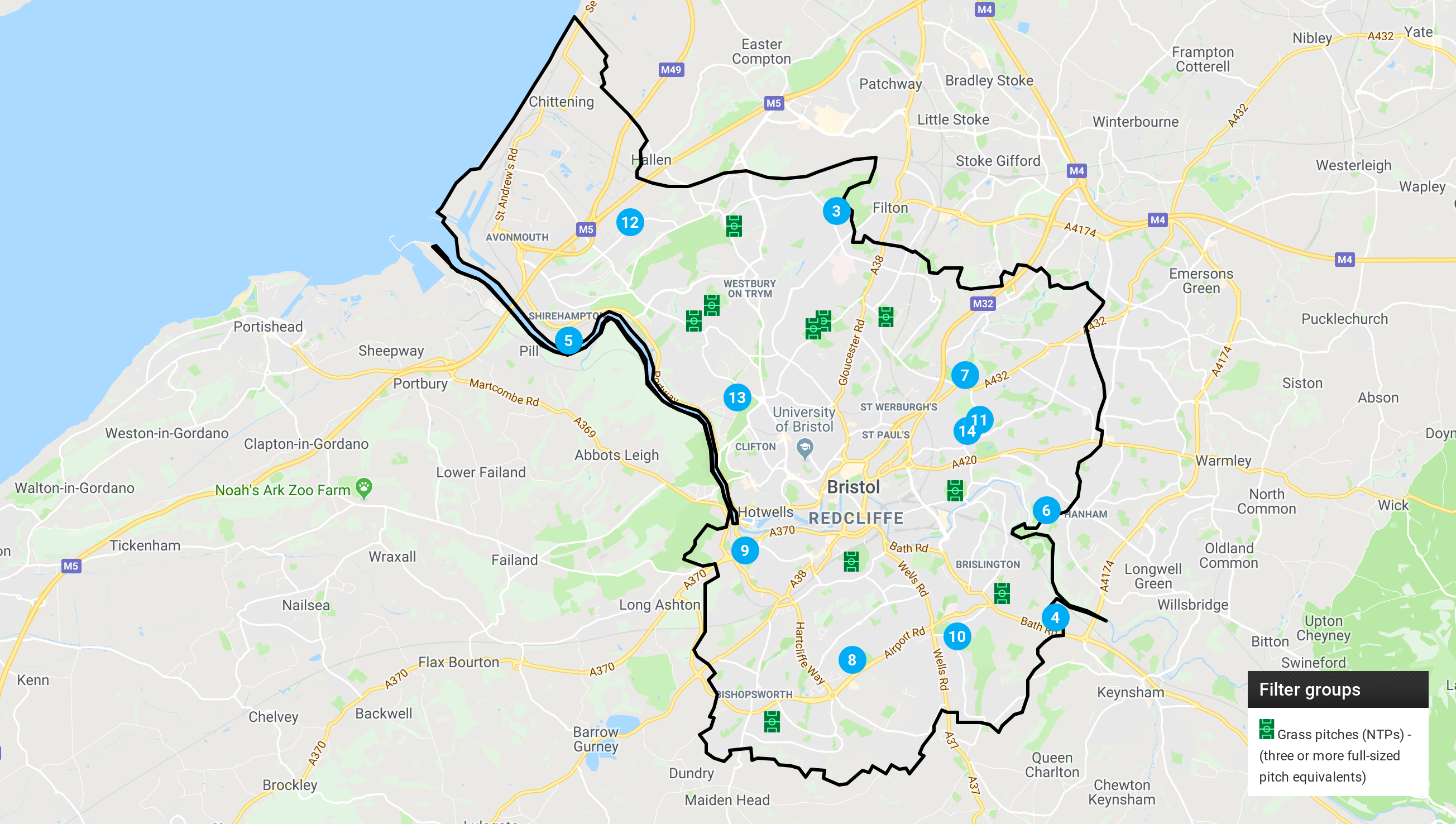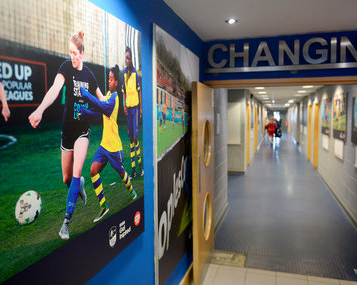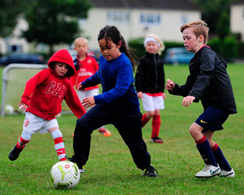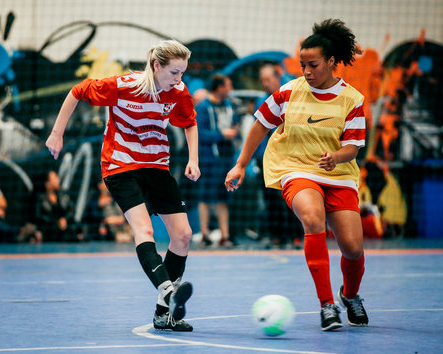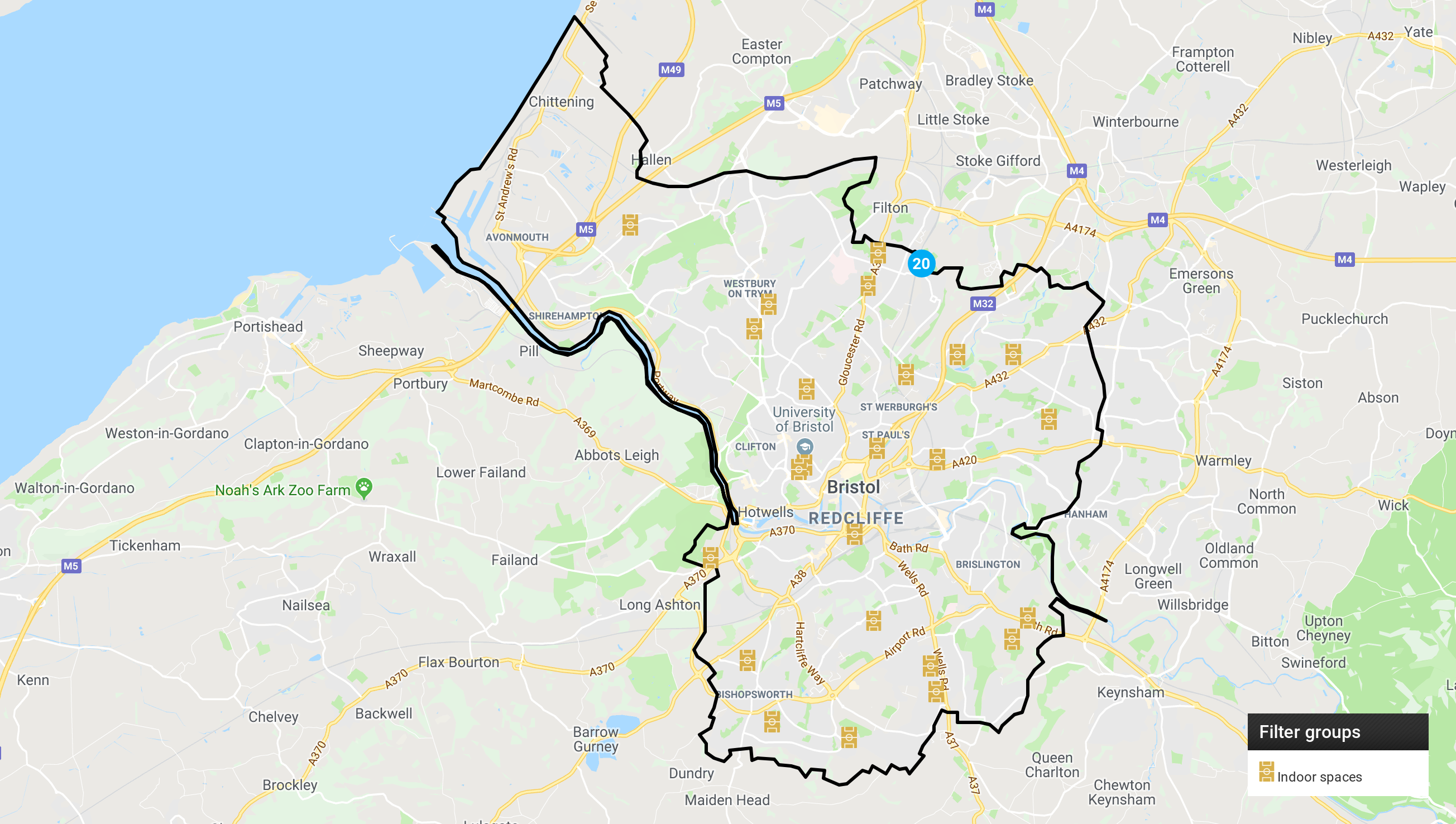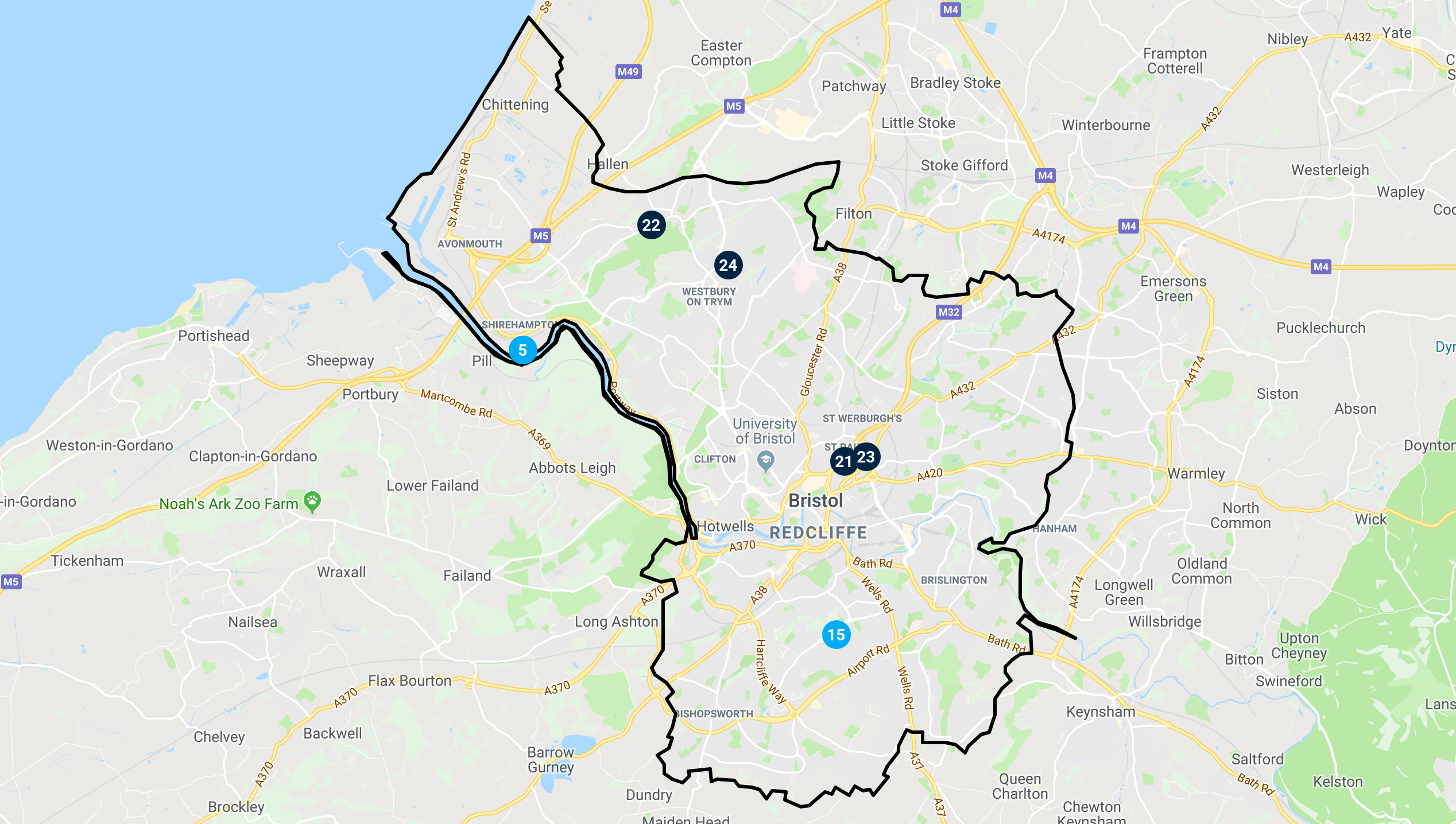Twelve priority projects for potential investment have been identified. Each site has three or more full-size pitch equivalents of poor or standard quality. Pitch quality rating was evidenced by the Bristol PPS and qualified by local partners. Due to significant number of grass pitch sites in Bristol local partners did not select all sites and prioritised only 12 containing 80 full-size pitch equivalents. The prioritisation was informed by local partners with the rationale of selecting sites in the poorest condition, that had the most pitches, that were most well utilised and/or as part of a strategic focus to improve a number of the most key Local Authority pitches:
3 - Pen Park Sports Ground - natural grass pitch improvements
- Existing football facilities – small sided 7v7 3G FTP, MUGA, grass football pitches x3
- Current users – Southmead CS Athletic FC, 5 Star Football small sided leagues.
- Rationale – participation growth in: junior football, senior football, women and girls football, small sided football, recreational football.
4 - Brislington Football Club (with Brislington Cricket Club) - natural grass pitch improvements
- Existing football facilities – grass football pitches x 5 (some located adjacent at Brislington Cricket Club)
- Current users – 29 affiliated teams including AFC Brislington x 2, Brislington FC x 3, Brislington Ladies and Bristlington Junior x 23
- Rationale – participation growth in: junior football, senior football, women and girls football.
5 - City & Port of Bristol Sports & Social Club - natural grass pitch improvements
- Existing football facilities – MUGA, poor quality grass football pitches x 3
- Current users – Port of Bristol Youth FC x 11 teams
- Rationale – participation growth in: junior football, senior football, women and girls football.
6 - Dundridge Recreation Ground - natural grass pitch improvements
- Existing football facilities – standard quality grass football pitches x 6
- Current users – five affiliated teams
- Rationale – participation growth in: junior football, senior football, women and girls football.
7 - Eastville Park - natural grass pitch improvements
- Existing football facilities – poor quality grass football pitches x 6
- Current users – two affiliated teams
- Rationale – participation growth in: junior football, senior football, informal football
8 - Filwood Park Playing Fields - natural grass pitch improvements
- Existing football facilities – standard quality grass football pitches x7
- Current users – 16 affiliated teams including Mendip Broadwalk FC x 12
- Rationale – participation growth in: junior football, senior football, women and girls football.
9 - Greville Smyth Park - natural grass pitch improvements
- Existing football facilities – grass football pitches x 3
- Current users – Ashton Youth x 4 teams and Ashton Boys Mini x 9 teams
- Rationale – participation growth in: junior football, women and girls football.
10 - Manor Farm - natural grass pitch improvements
- Existing football facilities – standard quality grass football pitches x 9
- Current users – 47 affiliated teams across Manor Farm and South Bristol Sports Centre operating together
- Rationale – participation growth in: junior football, senior football, women and girls football.
11 - Rose Green Centre - natural grass pitch improvements (scope to develop new pitch provision)
- Existing football facilities – grass football pitches x 3
- Current users – 12 affiliated teams including Bristol Central Youth FC x 11 teams
- Rationale – participation growth in: junior football, senior football, women and girls football.
12 - St Bede's Catholic College - natural grass pitch improvements
- Existing football facilities – full sized 3G FTP, grass football pitches x 3
- Current users – AFC Brislington
- Rationale – participation growth in: junior football, senior football, women and girls football.
13 - The Downs - natural grass pitch improvements
- Existing football facilities – standard quality grass football pitches x 26 (some poor)
- Current users – 130 affiliated teams in total, including The Bristol Downs Football League (48 teams), University of Bristol Intramural (62 teams), public use.
- Rationale – participation growth in: junior football, senior football, women and girls football, informal football.
14 - Whitehall Sports Ground - natural grass pitch improvements
- Existing football facilities – standard quality grass football pitches x 6 (pitches also overmarked)
- Current users – 17 affiliated teams including Bristol Central Youth x 5
- Rationale – participation growth in: junior football, senior football, women and girls football.



